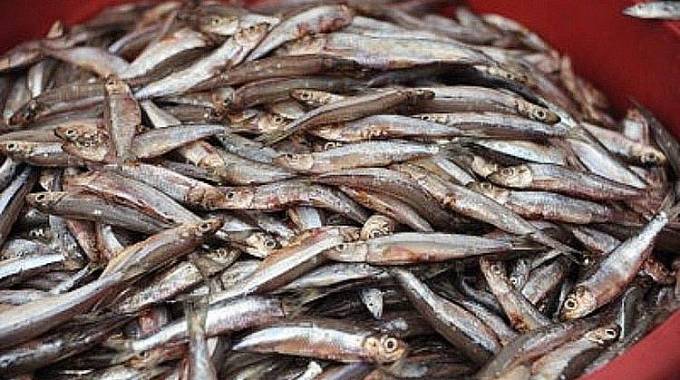
Walter Nyamukondiwa
Kariba Bureau
KAPENTA producers are expecting bumper harvest in the second half of the year as production is showing signs of recovery after a hiatius caused by the rains and relatively low temperatures.
Low harvest resulted in supply gaps on the market and an increase in the price of kapenta from around $5 per kg to at least $6 per kg.
At its lowest, fishermen struggled to fill at least a tray while at its peak in the 90s a vessel would bring in up to 15 trays.
Catches have been on a progressive decline over the years but producers are confident that interventions by the Zimbabwe Parks and Wildlife Authority (Zimparks) and their associations are beginning to yield positive results.
Above normal rains received in the Kariba Catchment area are thought to have increased reproduction of the kapenta as producers are mostly harvesting smaller fish.
In an interview producer Mr Nesbert Mapfumo said there were better prospects this year after a good rain season.
“The graph is picking up partly because the water is now clearing after the rains in recent months and the temperatures that are picking up to the right levels for optimal production,” said Mr Mapfumo.
“It appears reproduction was very high this year compared to other years in recent history. Even if you get to the deepest parts of Lake Kariba where you normally harvest bigger kapenta, you are finding smaller ones.”
It is now expected that the smaller fish would have grown to the expected size around August when the peak season for production starts up to December.
Right temperatures for optimal production are between 31 and 36 degrees Celsius.
Good rains in the Lake Kariba catchment bring in food which promotes higher reproduction levels as rivers that make up the five basins flow into the lake.
Rivers including Sanyati, Sengwa, Ume, Gache Gache and Mlibizi.
Overfishing and change have been sighted as reasons for the drop in production.
